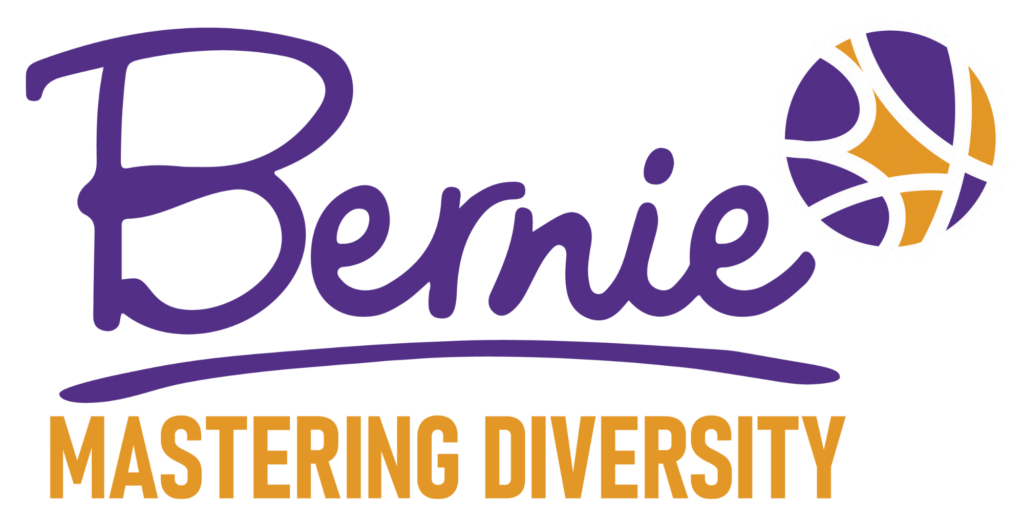How are we this Christmas? Are you ready? I sure am not but will be! I have been thinking about the spirit of Christmas. In this season, a time of togetherness, generosity, and reflection, it’s worth considering how these values might extend into our workplaces and communities.
Christmas reminds us of the beauty of inclusion—inviting everyone to the table and making space for joy, hope, and belonging. What better time to think about whether our actions align with these principles? Are we creating spaces where everyone feels like they matter, not just during the holidays, but all year round?
Some ideas seem to perfectly capture the spirit of their time, but they don’t always land easily.
People fear change, resist the unknown, and sometimes outright reject ideas they don’t yet understand. Diversity, Equity, and Inclusion (DEI) is no exception. It’s not enough to agree on its importance—real change takes sustained effort and commitment. And let’s face it, it’s not always easy.
A challenging concept?
For me, DEI has been part of my life for as long as I can remember. But for some, it’s a challenging concept, even uncomfortable. And you know what? That’s okay. We all start from somewhere.
I grew up surrounded by diversity. My teachers wore saris, African dresses, and everything in between. They came from Jewish, American, German, and Spanish backgrounds. My classmates were just as varied. That was my norm, my lived experience. But when I spoke about this recently at a multi-national event, someone pointed out that I didn’t address the intolerance that exists in some Caribbean communities toward the LGBTQ+ population. It was a fair critique.
In my defence, I was sharing my personal story—a story shaped by race, culture, and the experiences of a deeply religious family. It was never my intention to exclude others or make them feel unseen, but the reality is, when we stick to our own narratives, we sometimes miss the bigger picture. The irony wasn’t lost on me, especially since I’d just referenced Chimamanda Ngozi Adichie’s famous TED Talk, The Danger of a Single Story. Lesson learned.
Why are we having this conversation?
So, why am I bringing this up?
Because to truly master diversity, we need to understand it in all its messy, intersecting facets. DEI isn’t just about ticking boxes; it’s about getting to the heart of what makes us human. And if we’re not careful, we risk falling into the trap of mediocrity—or worse, hypocrisy.
Here’s the thing: diversity isn’t just a nice idea; it’s a necessity. I work as an advisor at board level, and with major banks, and universities—and I’ve seen firsthand how diversity can drive innovation and success. But I’ve also seen unconscious bias, groupthink, and exclusionary behaviours creep in, even in the most well-intentioned organisations. It’s frustrating because most people want to make a difference. So why is it so hard?
What’s the Hold-Up?
A big part of the problem is mindset. Changing policies is one thing; changing hearts and minds is another. Most businesses have DEI policies, but how many employees actually know what’s in them? How many leaders go beyond a training session or consultant’s assessment to make real, lasting changes?
Let’s get real. Many of us carry biases we’re not even aware of.
Why do we make snap judgments based on accents, age, hair style or football allegiances? These social hierarchies are alive and well, and they’re holding us back.
The real work
Diversity isn’t just about who you hire. It’s about creating spaces where people feel like they belong.
Equality and equity are not the same thing.
Equality means giving everyone the same resources; equity means giving people what they need to succeed. It’s the difference between a legal clerk who stays in the same role for decades and the other legal clerk who gets the mentorship and opportunities to become a partner… both working just as hard, in the same firm.
To truly embrace diversity, we need to go beyond inclusion. We need to actively foster a sense of belonging. That means recruiting people who don’t look, think, or act like us—and then supporting them so they can thrive. It means addressing micro-aggressions and managing them appropriately when they occur. It means valuing everyone’s voice in meetings and ensuring that respect is consistent across the board.
Why it matters
Here’s the good news: businesses that get this right don’t just survive—they thrive. Inclusive workplaces foster creativity, productivity, and loyalty. Leaders who understand their privilege and use it to uplift others create teams that are not only more effective but also happier.
But this work takes intentionality. It’s not a one-time effort; it’s an ongoing process of learning, unlearning, and growing. It’s about creating a culture where everyone feels valued and respected, where no one is left behind.
Let’s keep the conversation going
This is just the beginning. In future columns, I’ll delve deeper into the nuances of DEI: the distinctions between diversity, equity, equality, inclusion, and belonging; echo chambers, groupthink, how to tackle unconscious bias; and why allyship is the key to real progress.
In the meantime, think about your own workplace or community. Are you creating spaces where everyone feels they belong? Are you willing to challenge your own biases and assumptions?
Because this isn’t just about policies or training sessions. It’s about changing how we see the world—and each other.
Until next time, let’s keep striving for better. Together, we win. Happy Holidays!
We go together or not at all!
For further information on Mastering Diversity Conference and Awards, and Bernie Davies’ events and training, visit masteringdiversity.com.



